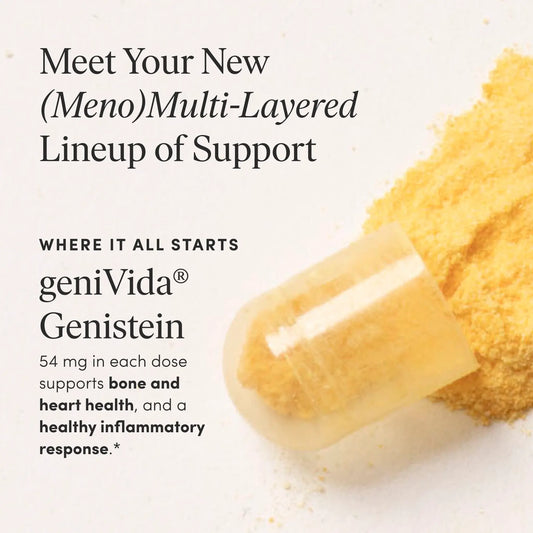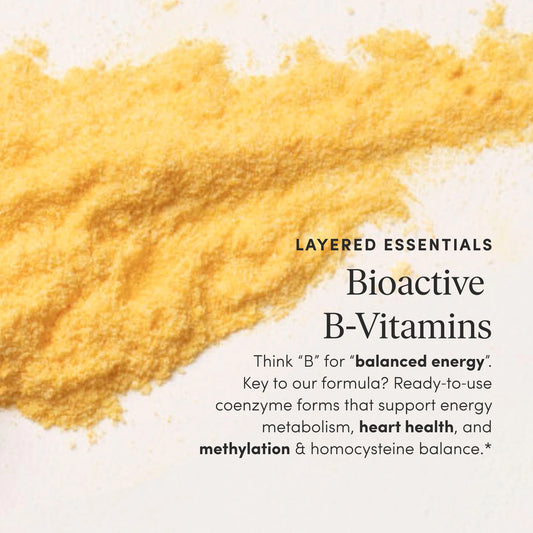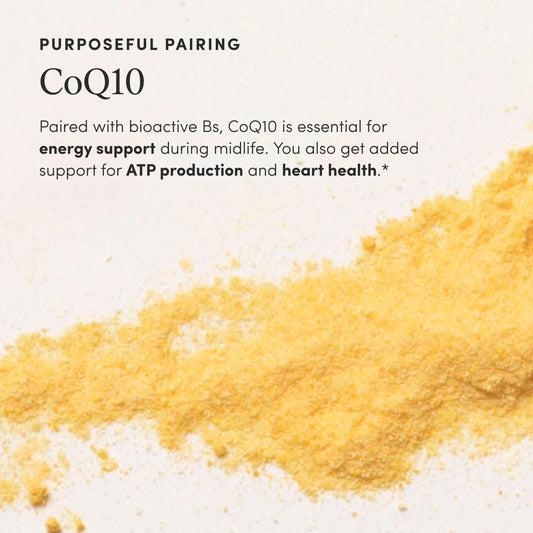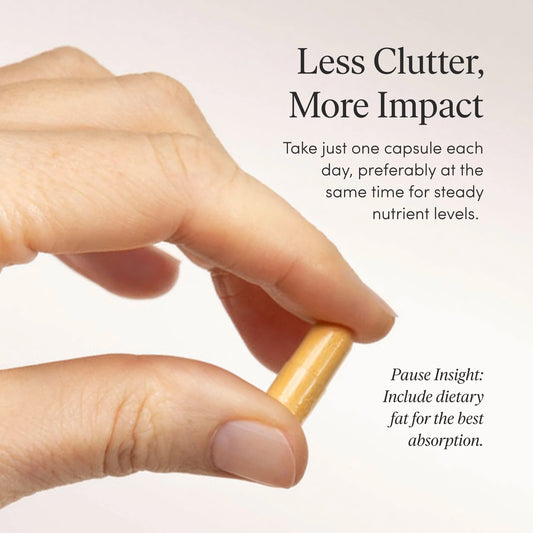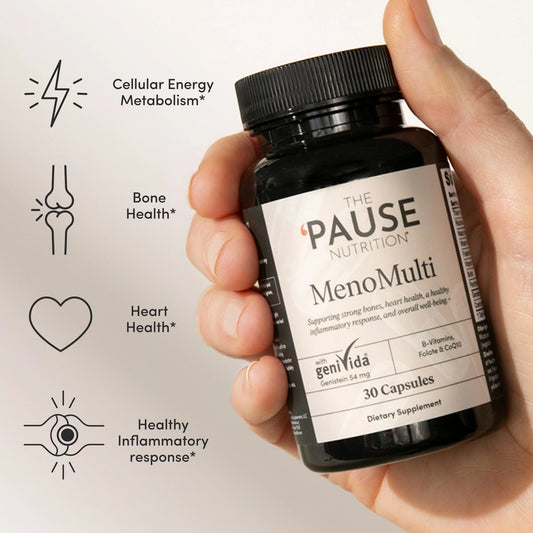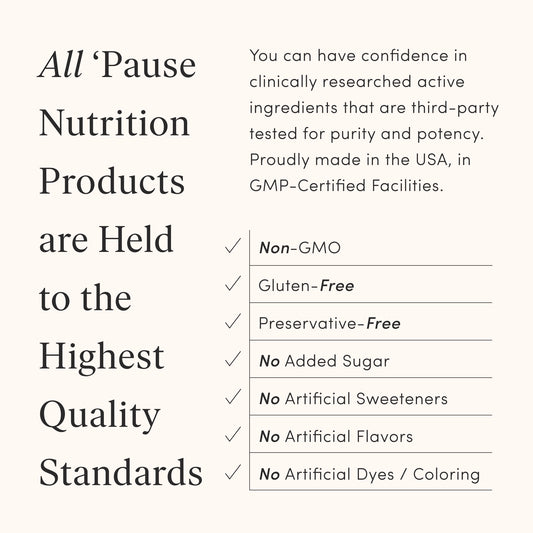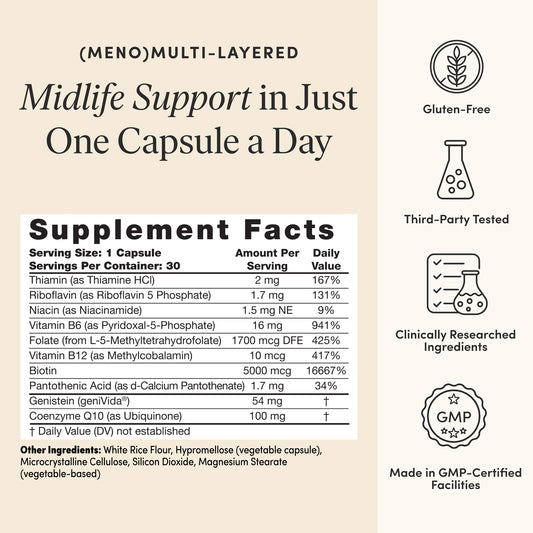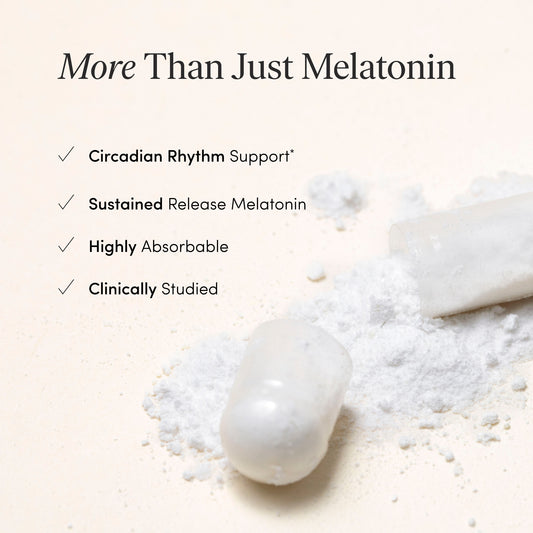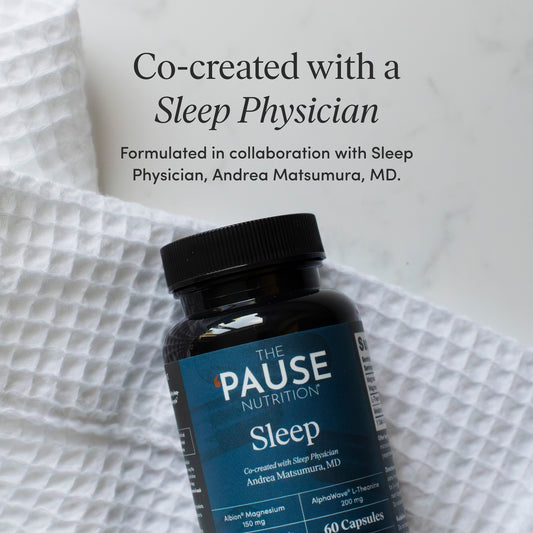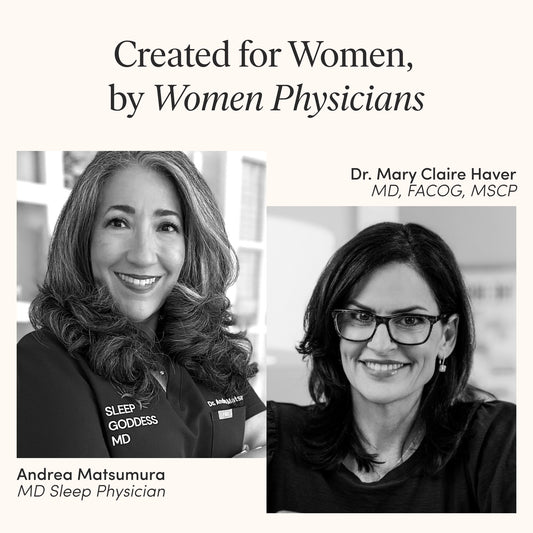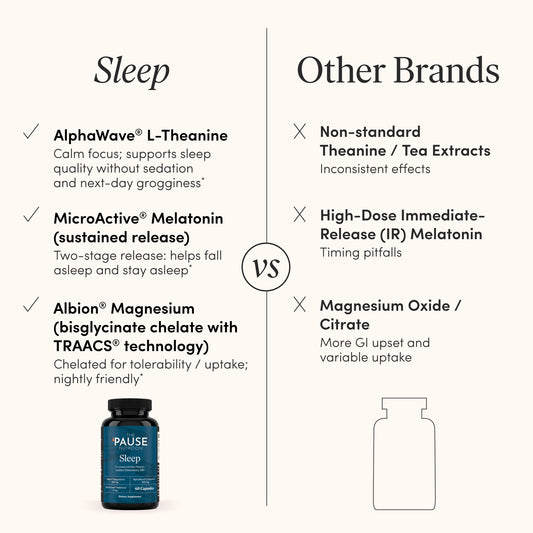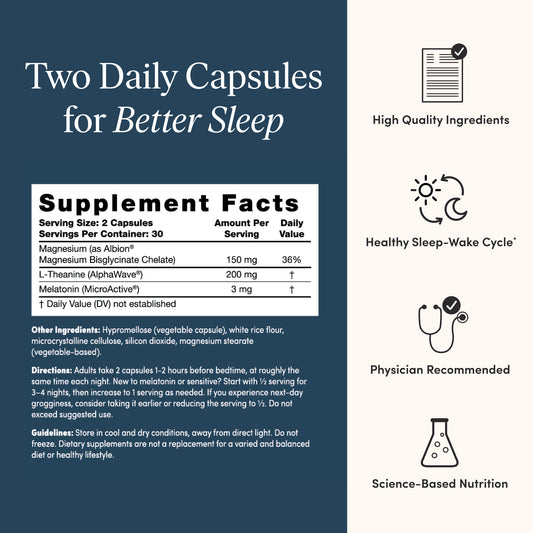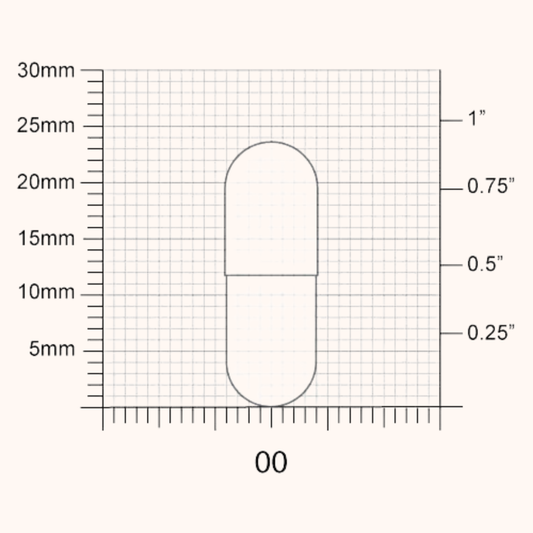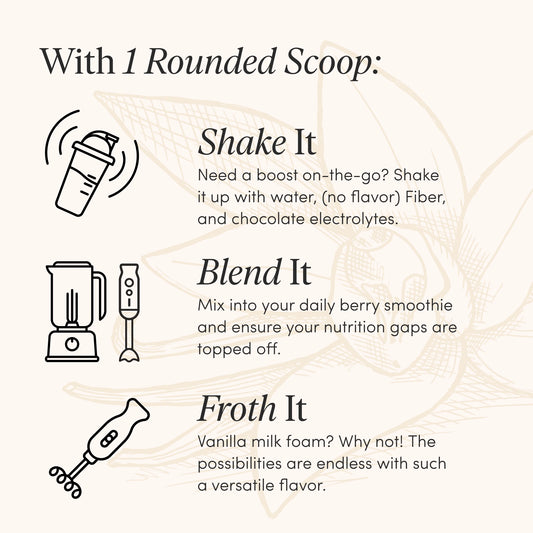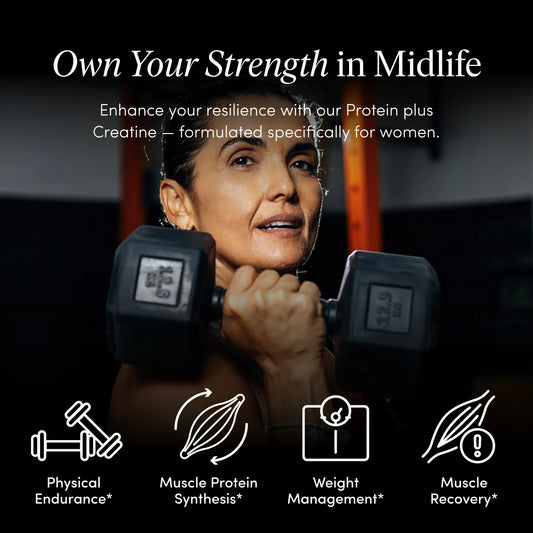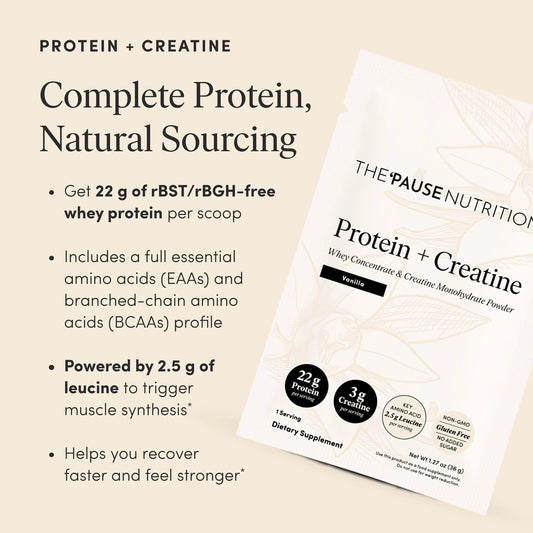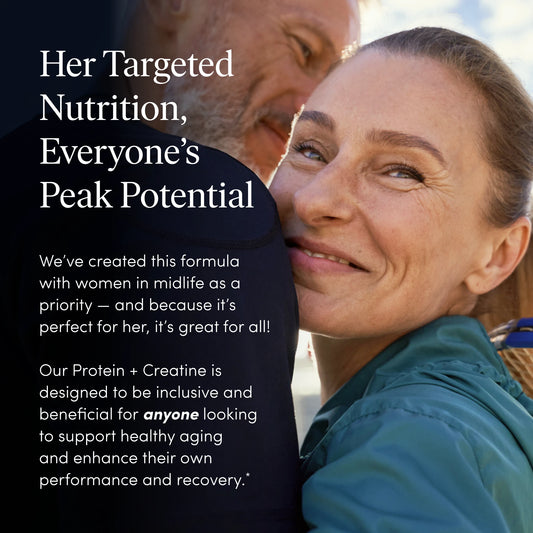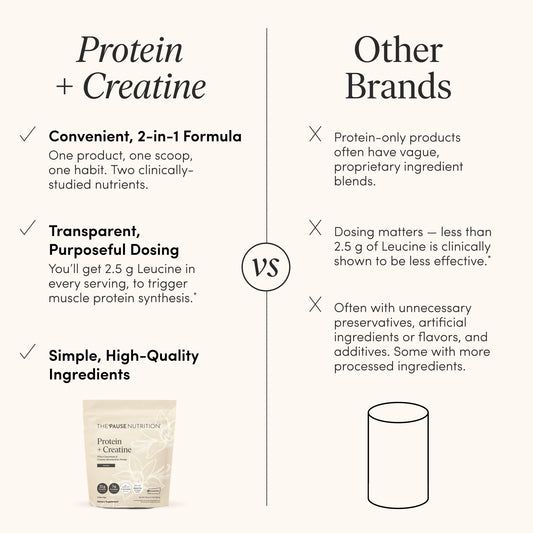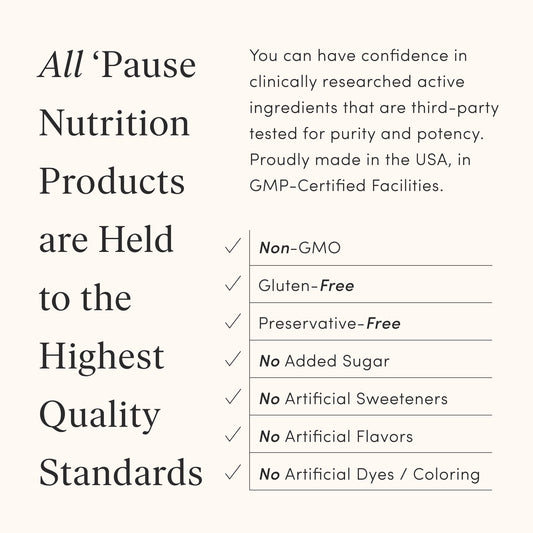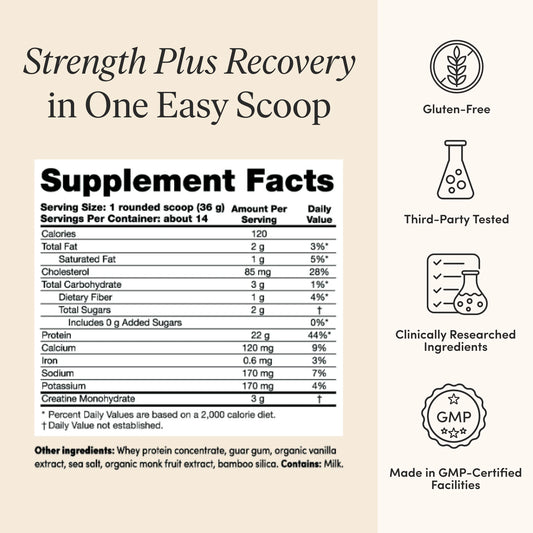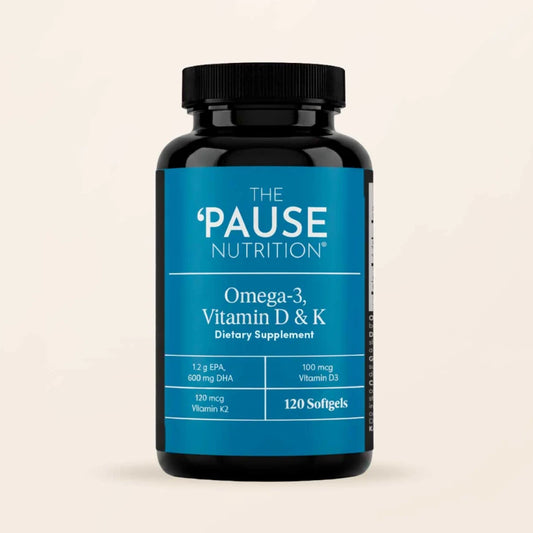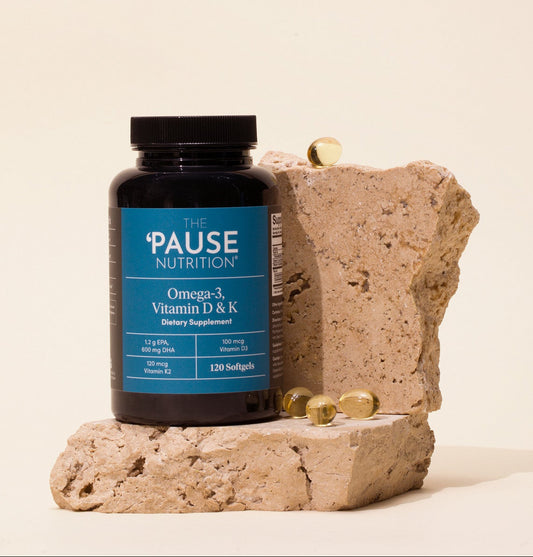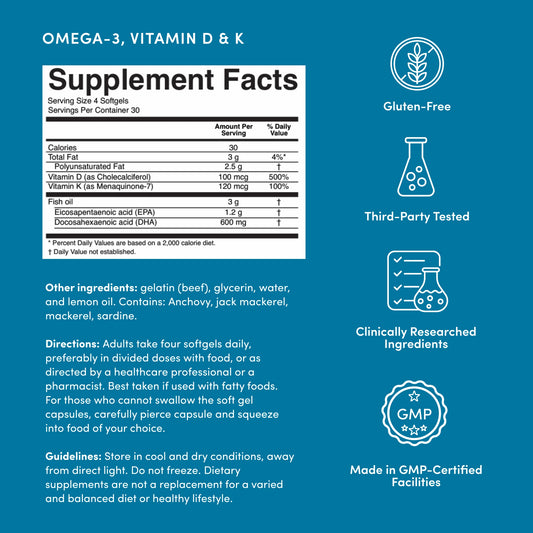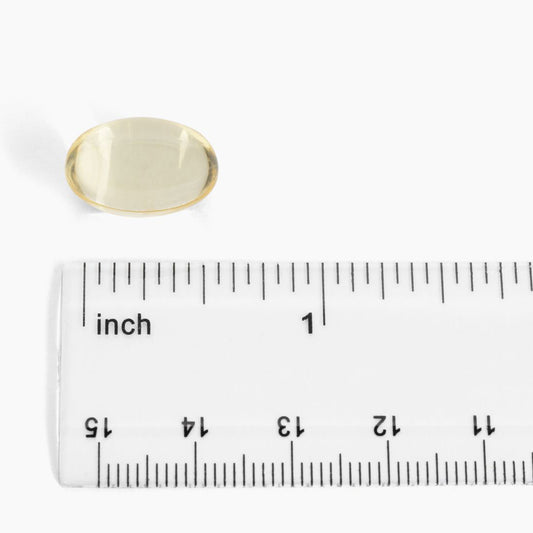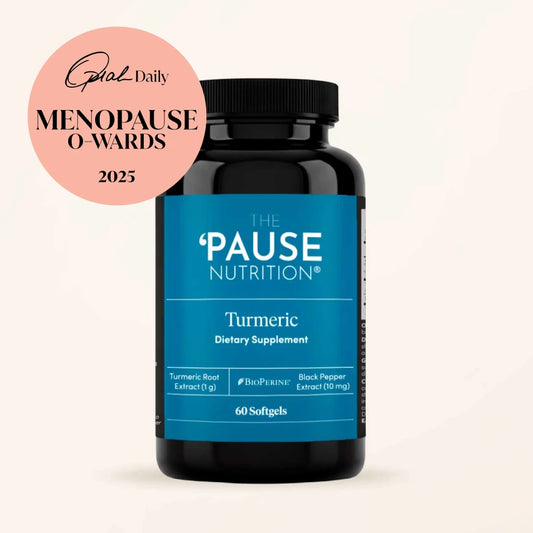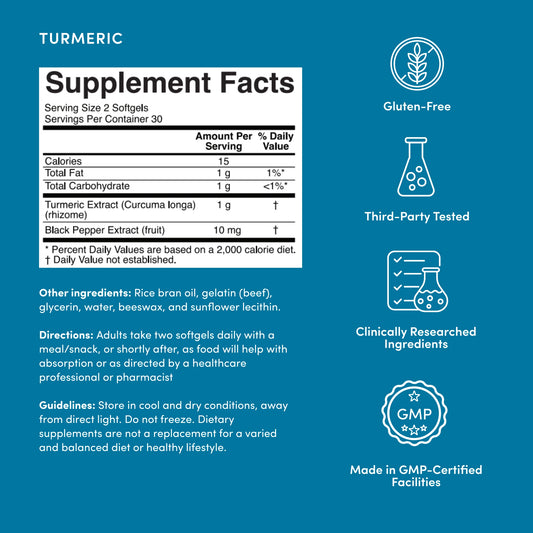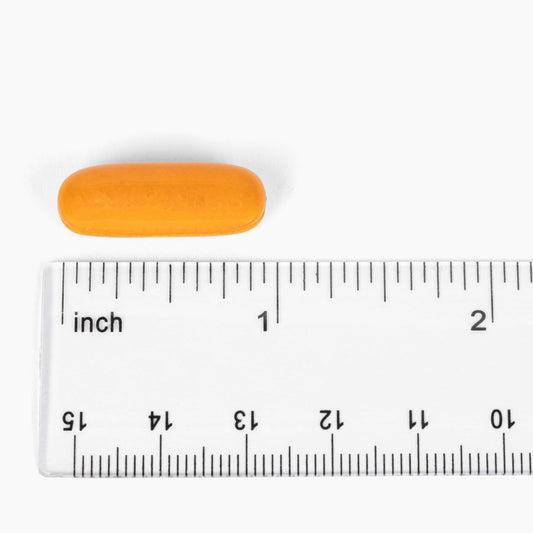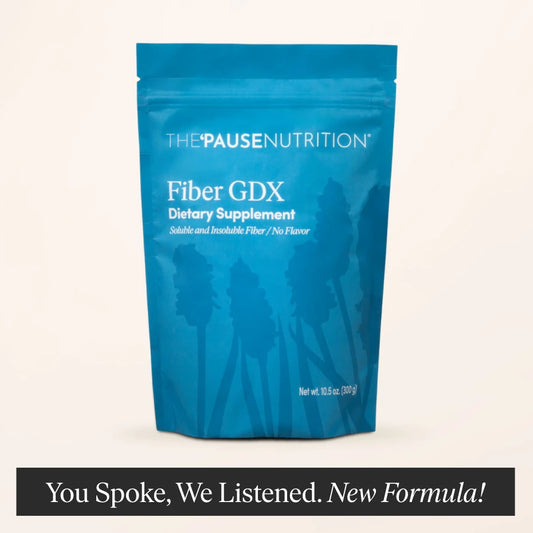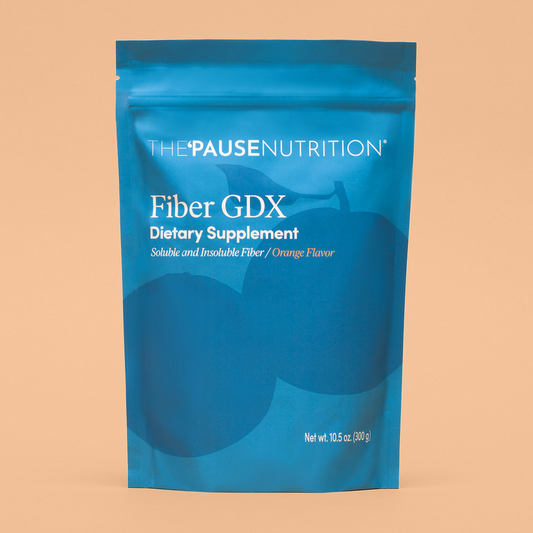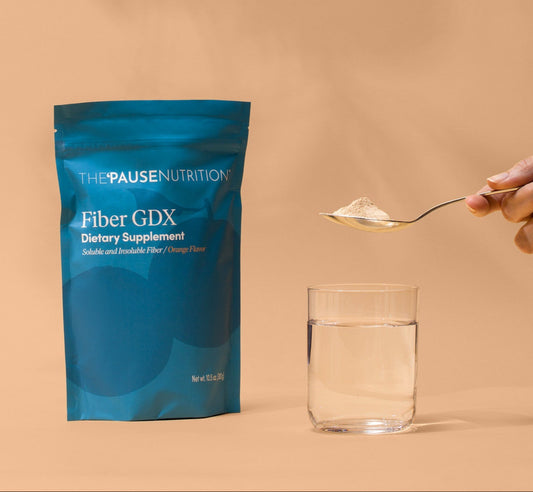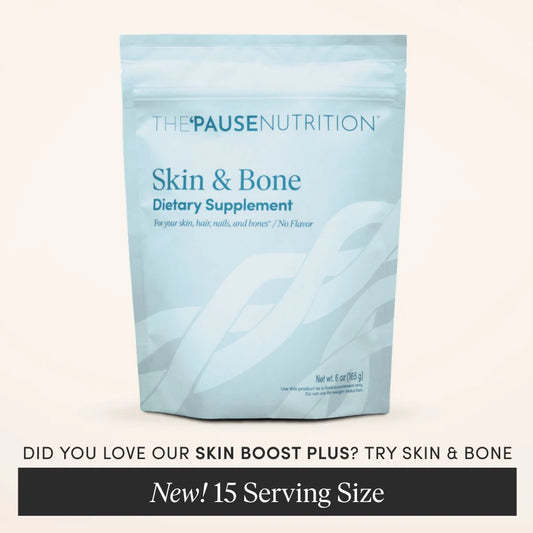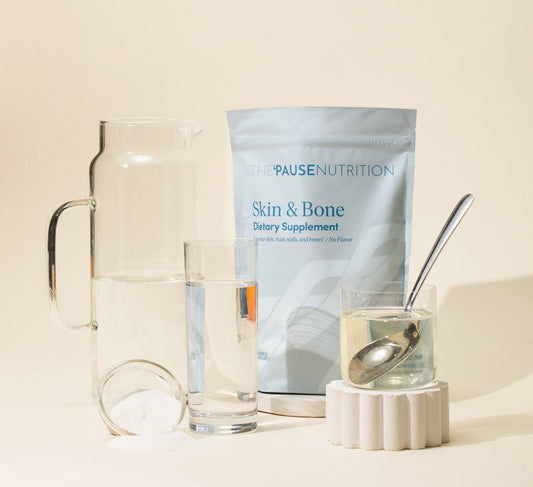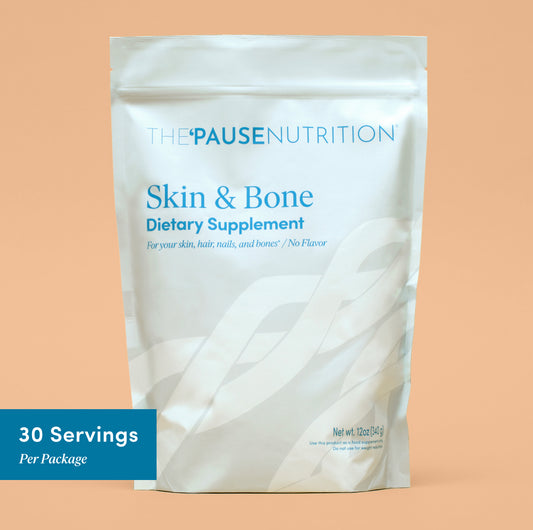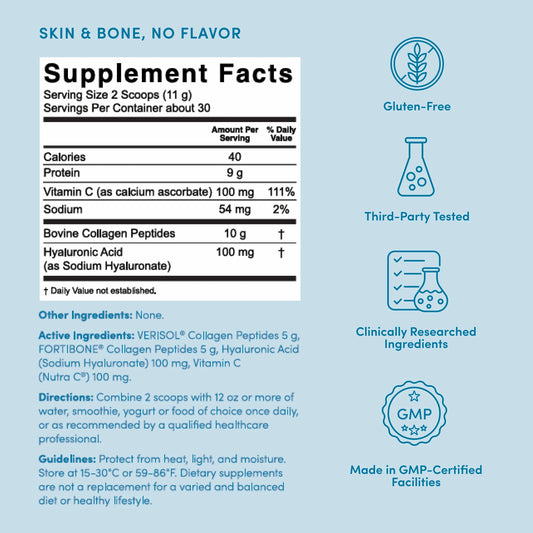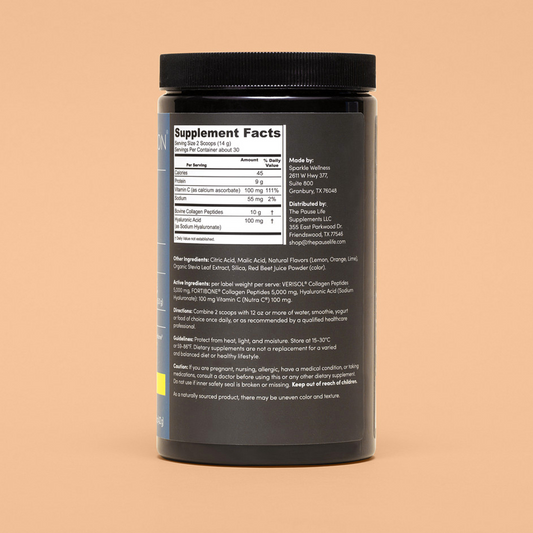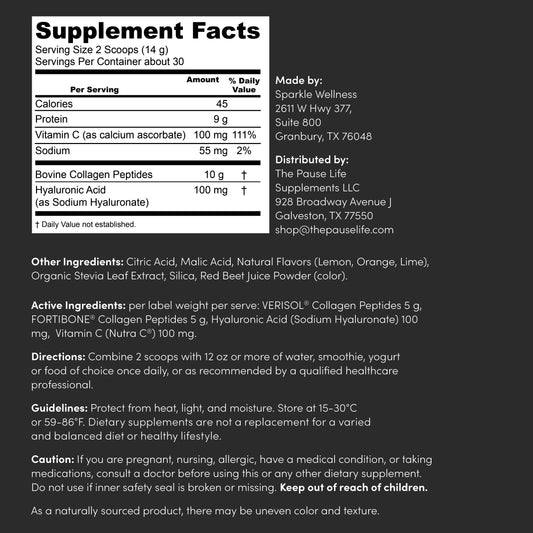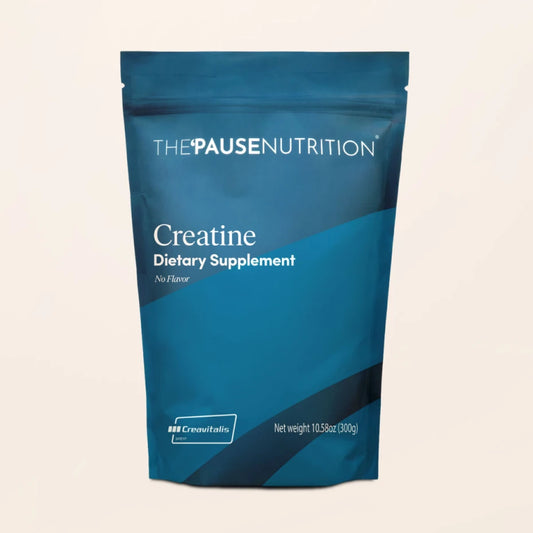3 Reasons Why Menopause Care Is Still 20 Years Behind - And What We Can Do About It

Share
It seems like every week there’s another life-changing scientific breakthrough in human health. Earlier this month I heard about an Alzheimer’s blood test and discovery of a new protein called klotho that scientists hope will one day slow the aging process.
But when it comes to menopause, a life transition that half of the world’s population experiences, it feels like we’ve barely emerged from the Dark Ages. Yes, we’ve abandoned leeches, but a frightening number of clinicians are still clueless on the basics of menopause, like recognizing when it starts and the best ways to alleviate symptoms. There’s still too much ignorance, fear and misinformation about menopause and as a result, women’s short- and long-term health is suffering.
One of the things I’m proud of is the way my community of like-minded clinicians, advocates and telehealth providers, including Midi Health and Alloy, have created a safe space for women to ask questions and learn about bioidentical hormone therapy, which science tells us is effective and safe for most women. But, after learning that there’s relief for their symptoms, too many women are left feeling deflated and hopeless when their clinicians refuse to treat them or even discuss the risks and benefits of hormone therapy.
Menopause care in the US is easily 20 years behind where it should be. From where I stand, there are 3 big reasons why we’re in this predicament. Hopefully the information I share will prepare you to advocate for yourself so that you can get the care you need and deserve.
3 Big Reasons Menopause Care is 20 Years Behind
1. Lack of Education
One of the biggest reasons that clinicians – from general practitioners to OB/Gyns to emergency room doctors – are unprepared to recognize menopause symptoms is that they’re not being taught about menopause.
Most medical schools are failing residents (and their future patients) by not offering required menopause courses. A 2023 study published in Menopause noted that 93% of ob/gyn program directors agreed that residents should have a standardized menopause care coursework. But only 31% said their school offered menopause education.1
Fortunately, The Menopause Society offers a world-class training program called the Menopause Society Certified Practitioner. As of 2024, 7,200 clinicians worldwide were certified by this program. But how realistic is it to expect physicians– working long, frenzied hours – to take additional courses on their own time in a subject they were never taught was important? Admittedly, I didn’t realize the value of menopause education until I went through menopause myself.
Given that 100% of women who live long enough will experience menopause, menopause education needs to be a standard part of the curriculum at 100% of medical schools and residency programs.
2. Myths from the Women’s Health Initiative persist
The reason so many women and clinicians are apprehensive about hormone therapy goes back to the 2002 Women’s Health Initiative. This clinical trial studied the effects of synthetic progestin and equine estrogen on women who had a uterus and the effects of equine estrogen alone for those women who did not have a uterus.2
The study was ended early when the women who took equine estrogen and progestin reported a very modest increase in breast cancer risk over time. But that wasn’t the full story, as explained in this blog post. Women on estrogen alone and younger women on combined therapy experienced health benefits, but we didn’t hear about that at the time.
A problem with the study is that a significant number of women were in their 60s or early 70s — making them past the prime window for benefitting from starting hormone therapy. Additionally, women in the study took higher doses of synthetic progestin and equine estrogen that are rarely used any more. Today we prescribe plant-based hormones that are formulated to be identical to the hormones your body once made.
This study is the reason every single estrogen product on the market— including ones that weren’t part of the clinical trial or didn’t even exist at the time—has a boxed health warning. Make it make sense.
There’s plenty of evidence from newer studies that women on current hormone therapies have a lower risk of dying from any cause, lower risk of cardiovascular problems, lower dementia risk and stronger bones.3,4,5
I know it can feel scary to trust modern science when HT has been maligned for too long. But believe me: I wouldn’t be taking menopausal hormone therapy, prescribing it, or recommending it if I weren’t confident that it’s safe and effective. I’ve seen – and personally experienced – how the right treatment can transform lives and help women to thrive and age with dignity.
3. Lack of research funding
Did you know that for every $1 the National Institutes of Health spends on research, less than 10 cents funds women’s health studies? And the number has been falling since 2013 even though the total NIH budget is growing. In 2023, just 7.9% of NIH grant funding supported women’s health research.6 And the amount spent on menopause research is even smaller.
A 2023 article in the journal Nature shared a data visualization bubble chart that makes it easier to see how underfunded women’s health conditions are compared to other types of disease research.7 As Sarah Temkin, the former associate director for clinical research at the NIH Office of Research on Women’s Health in Bethesda, Maryland noted, the analysis “demonstrates that the funding of research for women is not aligned with burdens of disease.” And it’s a worldwide problem.
We have a lot of catching up to do, because as Temkin details in an op-ed for The Hill, women were excluded from NIH studies for more than 100 years.8 Yes, you read that correctly. From the time the NIH was founded in 1887, to 1992, men were the default test subjects, even when it came to the effects of drugs on women’s bodies. Women weren’t required to be included in federally funded studies until 1993.
Change is Coming - Here’s How You Can Help
As frustrated as I am about how behind we are, I'm also energized and optimistic about positive advancements. I just read on CNN how legislatures in 15 states are considering two dozen bills on menopause. Some require training for doctors, others raise awareness or mandate that insurance cover this treatment. Some of these bills have already passed in Maine, Rhode Island and Illinois. And between 2022 and 2024, a record number of clinicians sought menopause certification from the Menopause Society.
As my colleague and friend Dr. Sharon Malone says, the more informed patients are, the better care they receive. Fortunately, we have so many brilliant and passionate women and men writing books and doing the research right now to help us understand the menopause transition better than we ever have.
Here’s how to empower yourself and others.
-
Educate Yourself. Get prepared for this transition by learning about the subtle and not so subtle changes that happen, and the best ways to deal with them. You’ll be so much more effective when you talk to your clinician about your care. My book The New Menopause is a great place to read up on the more than 40 menopause symptoms, from itchy ears and vertigo to sleep struggles and hair loss. If you want to go deeper, check out Estrogen Matters by doctors Avrum Bluming and Carol Tavris or The Menopause Brain by Lisa Mosconi, PhD. Take advantage of free resources like our newly updated Menopause Empowerment Guide - it’s a free download available on my website, The ‘Pause Life.
-
Advocate for Women’s Health. If you’re ready to do more, then we’d love to have your voice join a chorus of people influencing elected representatives. Download A Citizen’s Guide to Menopause Advocacy and learn the steps. In the future, we want to see the reintroduction of bills like H.R.6749, the Menopause Research and Equity Act of 2023 that aimed to devote more money to women’s health research. Let’s remove the black box warning from vaginal estrogen which has been proven to be safe and effective for the treatment of the genitourinary syndrome of menopause. Vaginal estrogens are not systemically absorbed and they weren’t even included in the WHI study, yet the lingering fear around prescribing them has caused significant harm.
-
Follow and Support Menopause Experts Online. Find informed, science-based experts and follow them on your favorite social platforms. If you learn something new from a social post, why not share it with a friend? Listen to menopause education and advocacy podcasts, including You Are Not Broken by Dr. Kelly Casperson, HOT for Your Health by Dr. Vonda Wright and The Tamsen Show by journalist Tamsen Fadal. Social shares and follows matter, especially for podcasts. When they rise in the rankings on Google Play, Spotify, and the Apple Store, it makes it easier for others to find them.
We menopausal women are a large army: an estimated 2 million women enter perimenopause every year.9 We cannot and will not sit by suffering needlessly while waiting for our medical education and research funding systems to get their acts together. By using our collective voice and strength together we can make life better for women today and for generations to come.
This article contains affiliate links.














